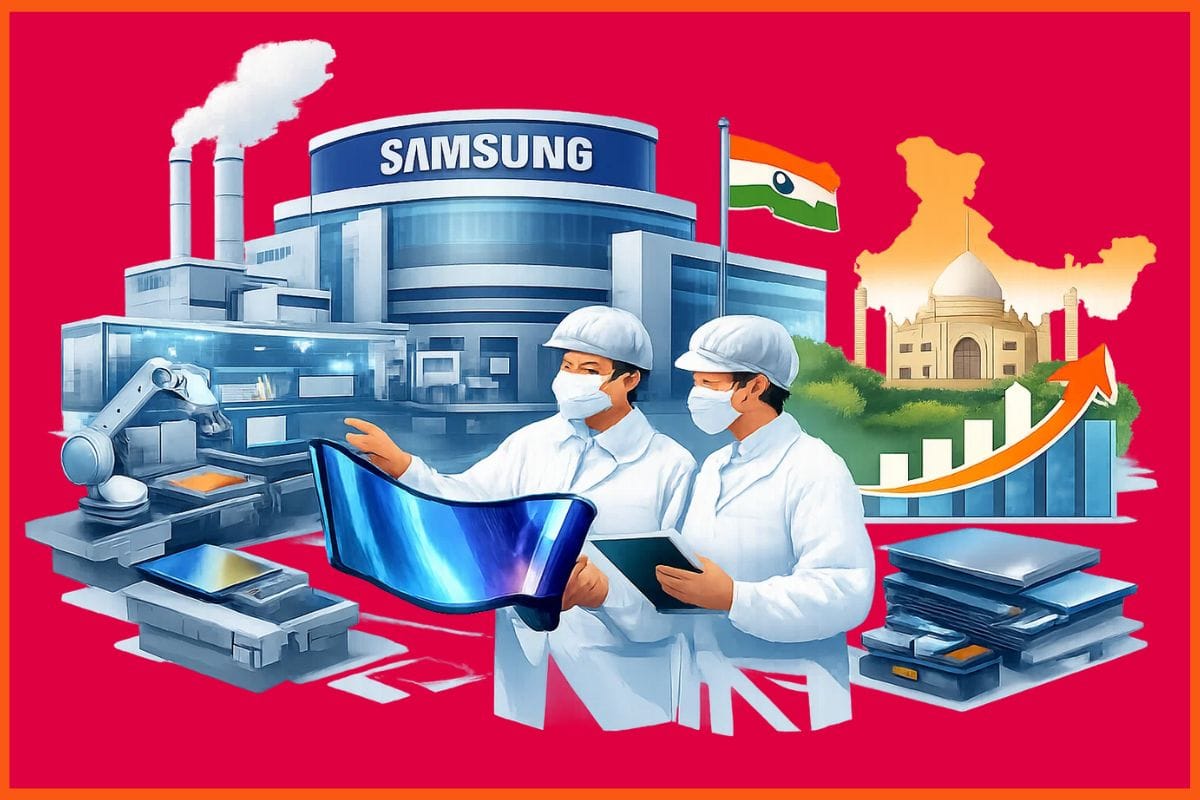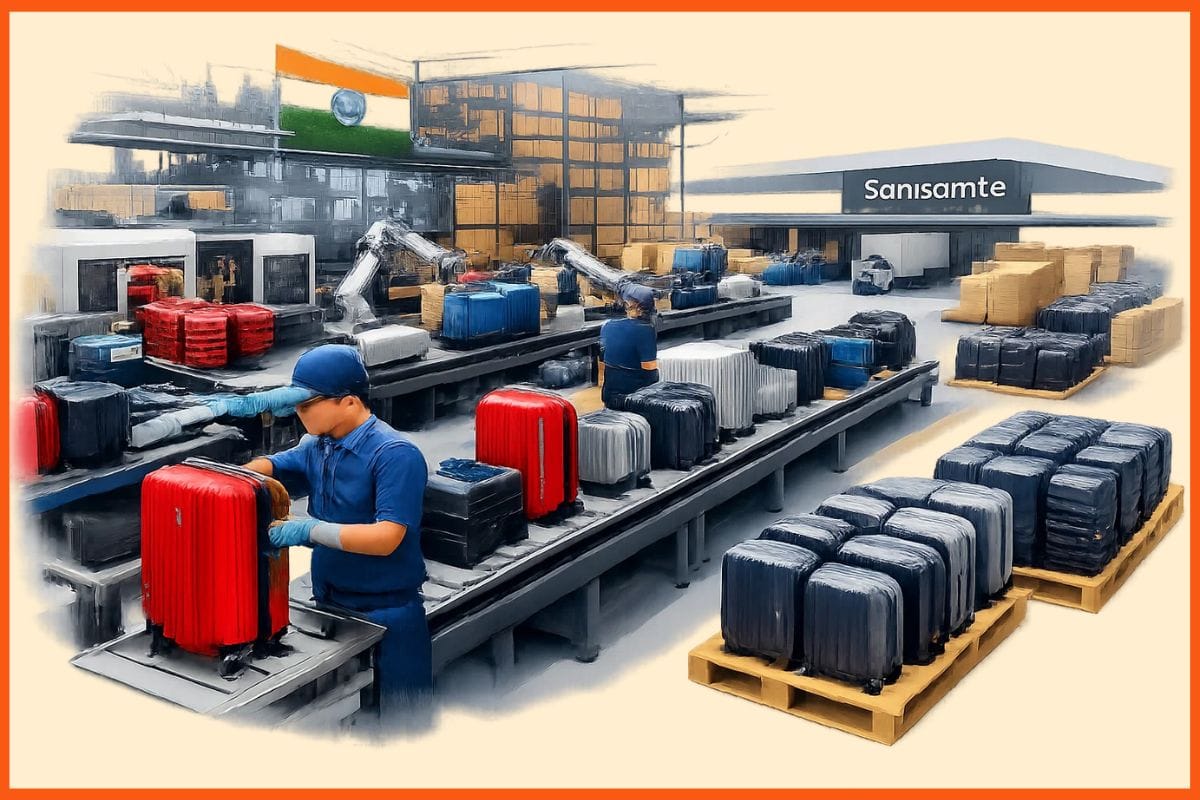How AI is Revolutionizing Supply Chain Management: A Deep Dive
✍️ Opinions
This article has been contributed by Atul Kumthekar, Co-Founder, 3-F Software - a Design Thinking Company.
The use of artificial intelligence in various fields is increasing day by day. In this context, the supply chain does not fall behind. The supply chain is simply a distribution network that connects brands and consumers through distributors. In this article, let's learn more about what a supply chain is, areas where AI can be used in the supply chain, how AI can be useful in enhancing the supply chain, and more.
What Is A Supply Chain
Problem And Approach So Far
Areas Where Ai Be Used In Supply Chain?
What Is Ai From Technological Standpoint?
How Can Ai Be Useful In Supply Chain?
What Is A Supply Chain
If you are a living being, you are part of some supply chain! There is no escaping! Essentially it is a distribution network. From Brand to Consumers via Distributors Products and goods move from Brand to Consumer and Money flows in the reverse order. This is the best simplistic definition of supply chain that I have ever come across.
This brings in a lot of complexities and the challenges thereby. Complexity is at multiple levels and scale because of various challenges:
- Scale and affordability at various layers mean plethora of different solutions used from start to end. From excel sheet to SAP like expensive ERP
- International nature of today’s world
- Prediction of demand to meet supply in time
- Management of unsold in case of retail chain
- Inventory management at various levels

Problem And Approach So Far
Various integrations and APIs helped intercommunication between Tally like software to SAP and Excel both People have addressed various issues using the latest technologies of the day. Blockchain being a recent example especially for global trade. The blockchain technology proved that the documentation time saving is possible and also that assurance of quality and source can be guaranteed beyond doubt.
But these technologies and solutions did not address more complex problems like demand predicting, analyzing vast data.
Now Artificial Intelligence is the new kid in town to help ease out these complexities a bit!
Areas Where Ai Be Used In Supply Chain?
Now that we know what was possible so far and some clue to unsolved problems, let us look into the problem areas little more closely. I got following response when I enquired on ChatGPT which was pretty accurate! So, I am going to reproduce the same with my elaborations on interesting ones -
- Demand Forecasting: AI algorithms can analyze historical data, market trends, weather patterns, and other variables to predict demand more accurately. This helps in optimizing inventory levels and reducing stockouts or overstock situations.
- Inventory Management: AI-driven systems can optimize inventory levels by analyzing factors like lead times, demand variability, and supplier performance. This ensures that inventory is maintained at optimal levels, reducing carrying costs while ensuring products are available when needed.
- Route Optimization: AI algorithms can optimize delivery routes considering factors like traffic patterns, weather conditions, and delivery windows. This reduces transportation costs, improves delivery times, and minimizes fuel consumption.
- Supplier Relationship Management: AI can analyze supplier performance data to identify trends, assess risk, and predict supplier behaviour. This helps in making informed decisions about supplier selection, negotiation, and risk management.
- Warehouse Management: AI-powered systems can optimize warehouse operations by automating tasks such as picking, packing, and sorting. This improves efficiency, reduces errors, and lowers operational costs.
- Quality Control: AI can analyze sensor data and visual inspections to detect defects in products or packaging. This ensures that only high-quality products are shipped, reducing returns and improving customer satisfaction.
- Supply Chain Visibility: AI can provide real-time insights into the entire supply chain, allowing businesses to track inventory levels, monitor supplier performance, and identify potential bottlenecks or disruptions.
- Predictive Maintenance: AI can analyze equipment sensor data to predict when maintenance is needed, reducing downtime and preventing costly equipment failures.
- Risk Management: AI can analyze various risk factors such as geopolitical events, natural disasters, and supplier financial stability to identify potential risks to the supply chain. This enables businesses to develop contingency plans and mitigate risks proactively.
- Sustainability: AI can optimize supply chain processes to minimize environmental impact, such as reducing carbon emissions through optimized transportation routes or minimizing waste through better inventory management.
But before I add my elaborations let us peek a bit into what are typical AI techniques
What Is Ai From Technological Standpoint?
The word artificial intelligence typically deals with large data. I used to mock AI saying this is our Ajji’s (Grandmother’s) wisdom! What a person gathers over years or our ancient culture have already noted down. But that’s more or less about how humans behave, individually Vs in masses. But let’s not divert there!! May be in some other blog
It is impossible to make ANY sense out of the vast data that is flowing in today. The producing brands (Manufacturers) need to listen to those in a meaningful way, in order to save any costs and time. You can employ men (and women) power in all the countries you deal with. That is one possible solution. But then there is issue of miscreants and malicious feeds. And even any number of these will not match the scale and capability of technology today. So why not technology, if that is one way?
The AI basically started with machine learning which rests heavily on statistics. Let’s say you have an excel sheet of student’s marks. And you want to know the distribution. Most likely you will get a Gaussian curve. Meaning most students near about average and few below and few above, the curve tapering down both directions. This is understandable.

But now consider the problem – can I find out if students have copied? I will leave this problem to you and get back to me on any thoughts!
Ah ha! Welcome to machine learning.
A typical approach in machine learning is give enough sample data, ask the algorithm to understand the pattern and apply this learning to test data and judge the output and then think about improving output. Yes, you probably have guessed it right, that the output is probabilistic. You need to get comfortable with this! (And we are not going to quantum mechanics as yet)
The above paragraph is the essence of Artificial Intelligence. The major differential between machine learning and AI started emerging with Large Language Models (LLM) which started putting chatGPT like tools into public hands. How do they work? Are they the advanced versions of Google search? Well, basically they can address much much much more parameters to analyze. From few hundreds to millions! That is amazing. Even our brains may not be doing so. Take a look at Hugging Face and you will get the picture. The company started with chatbot application and with multiple rounds of funding reached at LLM models. And if you care to read “Attention is all you need” mentioned in references at the end, you will need to look at Transformer architecture (see diagram below)

With this, let’s get back to Supply chain problems.
How Can Ai Be Useful In Supply Chain?
Let us look at some of the problems mention in the earlier section (“Areas where AI be used in supply chain?”).
Demand Forecasting is definitely the one. This is not humanely possibly and achievable by employing any number of employees in any number of countries. Will LLM be useful here? Definitely. This is because it fits into the criteria of what LLM kind of models can work on. Basically, millions of parameters.
Inventory Management is related to Demand Forecasting. For a big brand, it is not just about warehouse but localized inventory to supply quickly to local market. You may have seen Duzo like B2C supplier having small storage locations nearby your area with many biker riders picking things from there and delivering in 10 minutes! What inventory to maintain at such local locations can be better judged only by AI models.
Route Optimization a well-known problem in industrial engineering and operations research (Traveling salesman problem) The solution to this was once modelled as Simplex algorithm (Narendra Karmarkar) The large parametrization that is possible with LLM models will throw and interesting solutioning scenarios of solving this problem.
Supplier Relationship Management also known as CRM (Customer Relationship Management) is an important area where sales and support are managed. Salesforce the world leader in this domain is funding good amounts for the growth in Artificial Intelligence and LLM (Large Language Models). Pretty soon we will see a day to day usable output from these efforts.
Quality Control is an important area. During Covid days, this gained importance and quality people could not reach work location. The usual technique was to deploy cameras, send images which could be checked using AI with possible false positives but reducing the overall load. Radiology is one good example where this is used today.
Predictive Maintenance is also undergoing big impact due to AI. More the historical data, better is the prediction and preventive measures, which save bigtime in repairs cost. You can send your support technicians for preventive maintenance in time than to fix things! I had personally developed and delivered an IOT solution for X-ray manufacturer to send technician based on number of X-rays taken instead of earlier method of end of year. No AI but you can sense where the next step could be!

Important!
Having seen all this, you must have realized that AI is not a magic wand. Also, it is not an overnight solution. One needs to select an existing model, if not develop a new one, then customize it, play with it and most importantly mature it to predict better and better. All this happens asymptotically. Meaning the gap between actual solution and reality will keep reducing slowly but surely. Keep in mind the dynamics of reality is also dynamic! So, something that worked well may not work equally well in future.
More importantly…
All AI solution providers stress importance of human touch. The solution needs to be looked at from human perspective. This means that the output is not harmful to certain section of community, or simply very negative etc. And even in this space there are tools and datasets evolving to improve solution from this perspective.

Must have tools for startups - Recommended by StartupTalky
- Convert Visitors into Leads- SeizeLead
- Website Builder SquareSpace
- Manage your business Smoothly Google Business Suite





